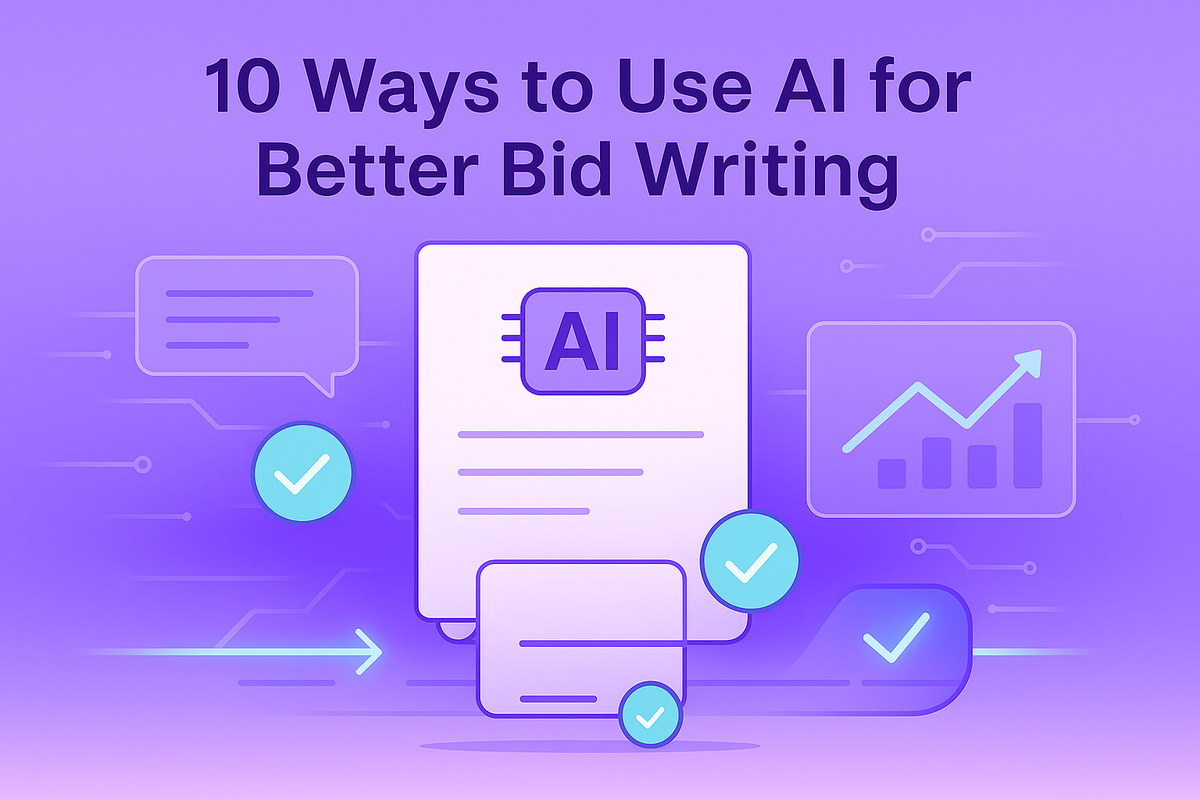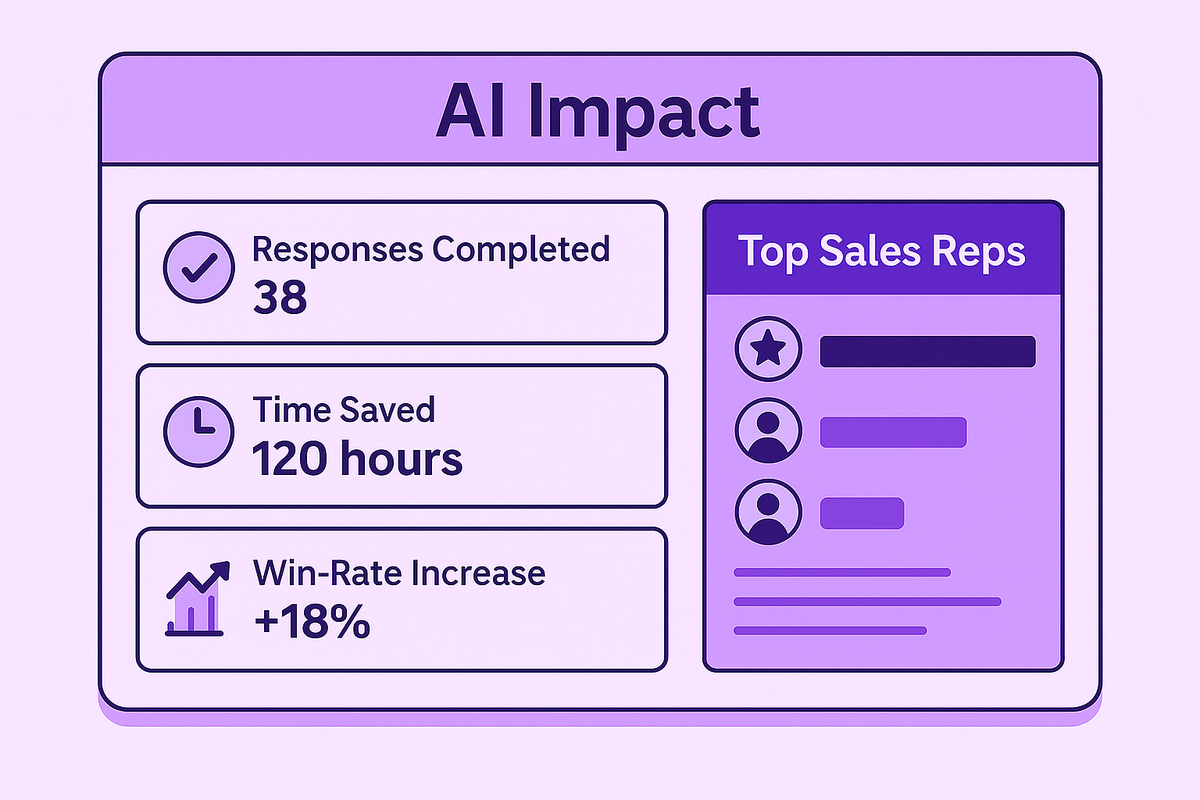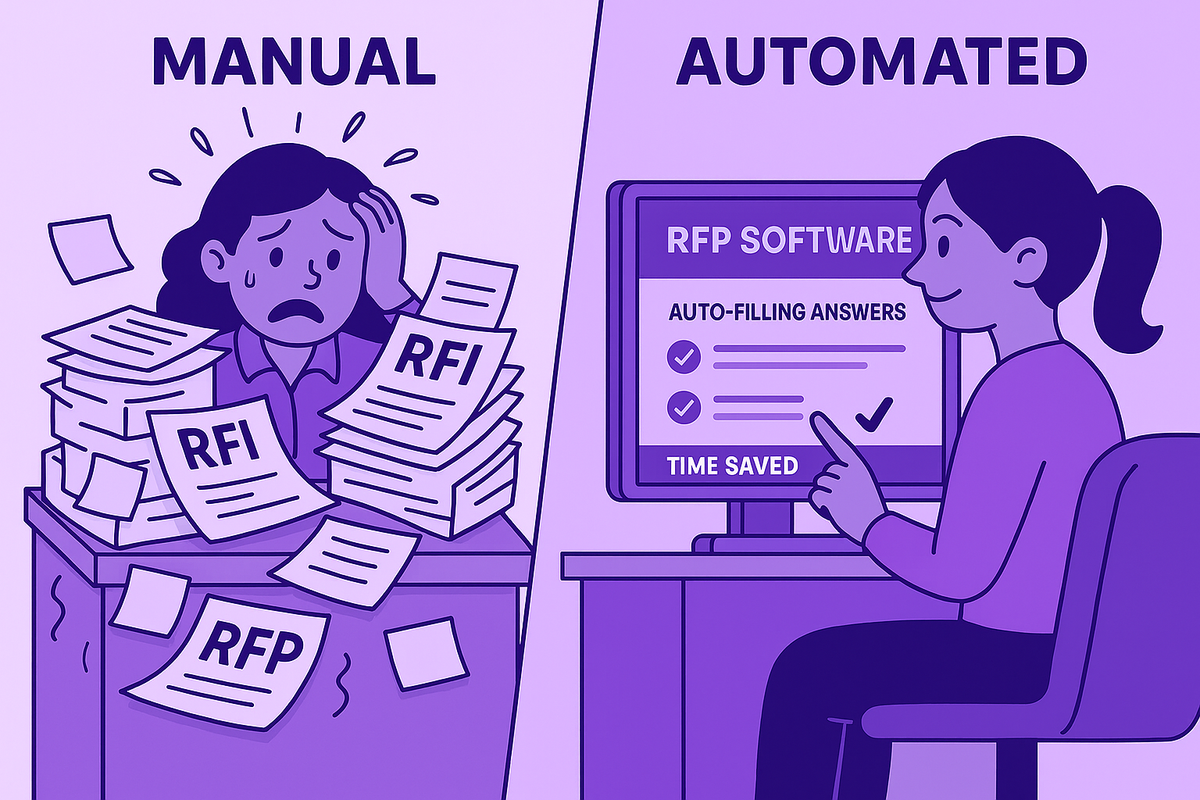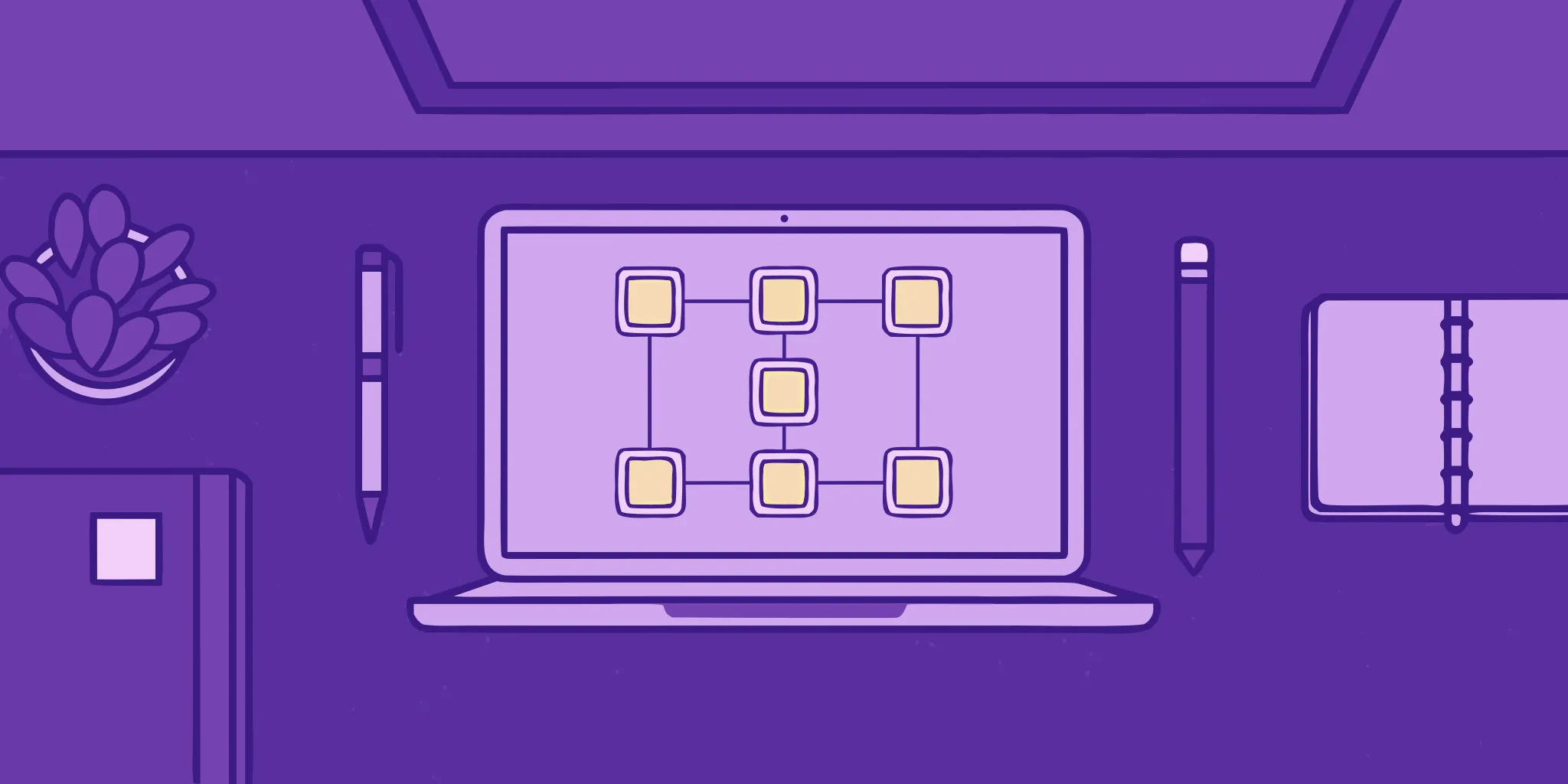10 Ways to Use AI for Better Bid Writing
October 23, 2024
By
Sagee Moyal

10 Benefits of Using Generative AI to Write RFPs and Bids
Generative AI is transforming how companies approach RFP responses and proposal writing. By automating repetitive tasks, enhancing accuracy, and enabling personalization at scale, AI tools help proposal teams save time and improve win rates.
Here are 10 key advantages of using AI for RFPs and bid management:
1. Saves Time and Boosts Efficiency
Generative AI dramatically reduces the time it takes to draft responses. Instead of starting from scratch, teams can begin with AI-generated content and focus on refining, customizing, and strategizing their proposals.
2. Maintains Consistency Across Proposals
AI ensures that every bid remains consistent in tone, style, and messaging. This helps preserve your brand voice and avoids discrepancies across different sections of the RFP.
3. Leverages Past Proposal Successes
By analyzing your firm’s library of successful bids, AI RFP tools can incorporate proven language, strategies, and frameworks into new responses—helping you replicate winning patterns.
4. Personalizes Responses at Scale
Generative AI can tailor answers to each RFP’s unique requirements without sacrificing quality. This level of personalization—once time-consuming—can now be done quickly and reliably.
5. Automates Repetitive Tasks
Routine sections like company overviews, compliance statements, or standard legal terms can be drafted instantly. This frees proposal managers and subject matter experts to spend time on high-value customization.
6. Improves Accuracy and Compliance
AI minimizes human error by cross-referencing approved knowledge bases. The result is accurate, compliant responses that reduce risk and build trust with evaluators.
7. Adapts and Learns Over Time
The more you use AI for proposal automation, the smarter it gets. Generative AI refines responses based on past inputs, evolving with your industry knowledge and client needs.
8. Extracts Insights from RFPs
Beyond drafting responses, AI can analyze an RFP to identify hidden requirements, key priorities, and evaluation criteria—giving your team a strategic edge before drafting begins.
9. Enhances Team Collaboration
AI-generated drafts create a strong starting point that accelerates collaboration. Subject matter experts and proposal writers can edit, refine, and finalize content together with less back-and-forth.
10. Encourages Innovation in Proposal Writing
AI doesn’t just repeat past content—it can suggest new phrasing, strategies, or solution framing. This helps teams bring fresh, creative ideas to their proposals and differentiate from competitors.
The Bottom Line: AI Is Redefining Proposal Management
Using generative AI for RFP responses and bids isn’t just about speed—it’s about improving accuracy, collaboration, and win rates. By integrating AI into your proposal process, you can focus more on strategy and client engagement while letting automation handle the heavy lifting.
👉 Want to see how AI RFP software can transform your team’s workflow? Book a demo.
Key Features to Look For in AI RFP Software
Not all AI tools are built for the complexity of enterprise proposal work. When evaluating platforms, look for features designed to go beyond automation — tools that help your team move faster and make smarter decisions.
1. Knowledge Base Integration
Your AI should pull from a centralized, approved content library. This ensures every response is accurate, brand-aligned, and compliant across teams and submissions.
2. Automated Compliance Checks
Look for built-in validation tools that flag missing or outdated answers before submission. This reduces review cycles and eliminates costly errors.
3. Smart Collaboration Tools
The best platforms support real-time editing, version control, and user permissions so proposal writers, SMEs, and reviewers can work together seamlessly.
4. Response Scoring and Prioritization
AI should do more than write — it should help you qualify. Scoring systems like Phoenix in Iris Pro evaluate effort versus impact, guiding teams toward the RFPs worth pursuing.
5. Performance Analytics
Visibility is everything. Dashboards that track response speed, win rates, and team activity help leaders identify what’s working and continuously improve their process.
By choosing an AI RFP platform that combines these capabilities, teams can unify their workflows, strengthen collaboration, and turn every proposal into a measurable growth opportunity.
Frequently Asked Questions
1. How does generative AI actually write RFP responses?
Generative AI uses natural language processing and large language models trained on your company’s approved content library. It identifies relevant answers from past proposals and knowledge bases, then drafts contextually accurate, on-brand responses tailored to the specific RFP questions.
2. Will AI replace human proposal writers?
No — AI enhances, not replaces, proposal teams. It handles repetitive drafting and formatting tasks so proposal managers and subject matter experts can focus on strategy, storytelling, and building stronger client relationships.
3. Is AI-generated RFP content secure and compliant?
Yes. Enterprise-grade RFP platforms like Iris ensure your data and proposal content are stored securely and comply with industry standards. All AI-generated responses are based on your organization’s approved knowledge base, ensuring accuracy, compliance, and data privacy.
Share this post
Link copied!




















